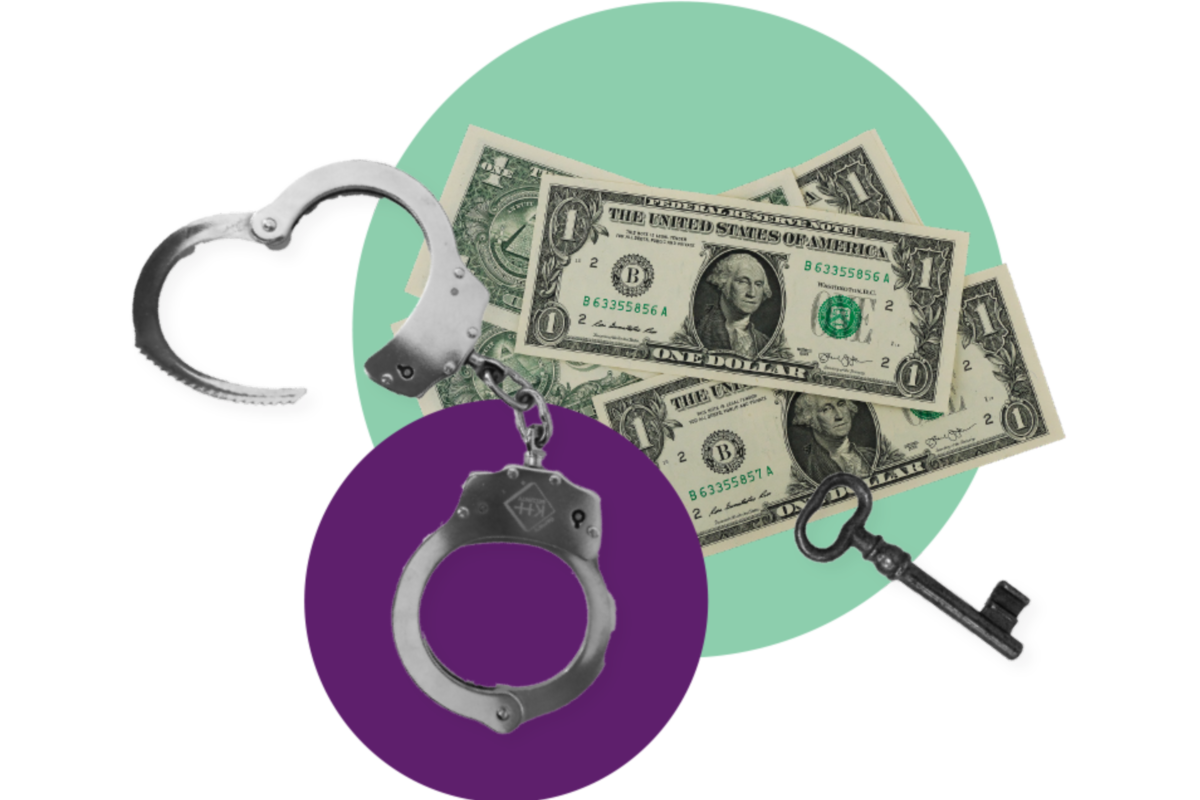“In the states that have the most rapid data collection systems, we’re seeing declines of twenty percent, thirty percent,” ~Dr. Nabarun Dasgupta, an expert on street drugs at the University of North Carolina.
According to Dasgupta’s analysis, the drop in state-level mortality numbers corresponds with similar steep declines in emergency room visits linked to overdoses. In many states, the sudden drop in drug deaths stunned some observers who lived through the darkest days of the fentanyl overdose crisis.
RAW DATA
- Deaths in King County, Washington, linked to all drugs have dropped by 15 percent in the first half of 2024. Fatal overdoses caused by street fentanyl have dropped by 20 percent.
- Overdose deaths in Ohio are down 31 percent. Ohio is now in the ninth consecutive month of a historic and unexpected drop in overdose deaths.
- Overdose deaths in Missouri have now fallen roughly 34 percent in the second quarter of 2024.
DESPITE THE “GOOD NEWS,” DRUG OVERDOSE DEATHS PERSIST
After years of wrenching drug deaths that seemed all but unstoppable, some researchers, front-line addiction workers, members of law enforcement, and people using street drugs voiced caution about the apparent trend. Roughly 100,000 deaths are still occurring per year. Street drug cocktails including fentanyl, methamphetamines, xylazine and other synthetic chemicals are more poisonous than ever.
But most public health experts and some people living with addiction told NPR they believe catastrophic increases in drug deaths, which began in 2019, have ended, at least for now. Many said a widespread, meaningful shift appears underway.
WHAT INTERRUPTED THE DRUG OVERDOSE DEATH TREND?
- Many people using fentanyl now carry naloxone, a medication that reverses most opioid overdoses.
- Rapid improvements in the availability and affordability of medical treatments for fentanyl addiction.
- More funding for addiction treatment and healthcare services, especially in Black and Native American communities where overdose deaths remain catastrophically high.
- Fentanyl may be harder to find and less pure in some areas because of law enforcement efforts targeting Mexican drug cartels.
- The chemical xylazine is also being mixed with fentanyl by drug gangs. While toxic in humans, causing lesions and other serious long-term health problems, xylazine may delay the onset of withdrawal symptoms in some users. Dasgupta said it’s possible that means people are taking fewer potentially lethal doses of fentanyl per day.
- The end of the COVID pandemic, combined with the high number of people who have already died from drug overdoses.
My opinion? Quite often, drug addiction & homelessness go hand in hand. At times, drug use can temporarily provide a brief reprieve to the challenges of homelessness. For others, the mere stresses of life can make everyday, tax-paying citizens seek drugs and alcohol to self-medicate.
Many people don’t understand why or how other people become addicted to drugs. They may mistakenly think that those who use drugs lack moral principles or willpower and that they could stop their drug use simply by choosing to. In reality, drug addiction is a complex disease, and quitting usually takes more than good intentions or a strong will. Drugs change the brain in ways that make quitting hard, even for those who want to.
Please contact my office if you, a friend or family member are charged with a Drug Offense or any other crime. Hiring an effective and competent defense attorney is the first and best step toward justice.
















